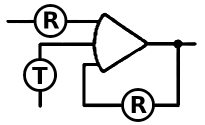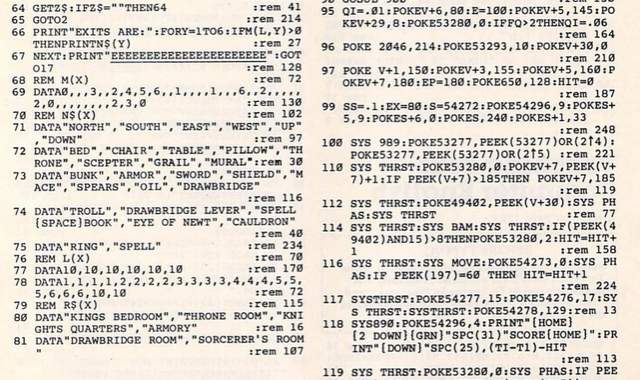The Educational Value of Type-In Programs
While there doesn't appear to be formal scientific studies on the educational value of type-in programs, anecdotal evidence from programmers who grew up during this era suggests that the practice did contribute to their learning in several ways.
Debugging: The Unexpected Teacher
One of the most significant learning opportunities came not from the typing itself, but from the debugging process that followed. Inevitably, typos would creep in during the lengthy input process. Finding and fixing these errors forced users to carefully examine the code, fostering a deeper understanding of its structure and logic. This hands-on troubleshooting experience proved invaluable for many budding programmers.
Adaptation and Modification of Type-In Programs
Another valuable aspect of type-in programs was the need to adapt code for different computer systems. Many listings were written for specific BASIC dialects or hardware configurations. Users often had to modify the code to work on their particular machines, which required understanding the program's functionality and the differences between various BASIC implementations.
Furthermore, once a program was working, many users were inspired to modify and extend it. This process of tinkering and experimentation was a crucial step in transitioning from merely copying code to creating original programs. It encouraged creativity and problem-solving skills that are essential for any programmer.
Exposure to Programming Concepts
While the act of typing itself may not have been directly educational, it did expose users to various programming concepts, syntax, and structures. Repeatedly typing commands and control structures helped reinforce these elements, much like how repetitive practice aids in learning a new language. This exposure laid the groundwork for understanding more complex programming concepts later on.
Type-In Machine Code
It's worth noting that not all type-in programs were equally educational. Many magazines, especially in later years, published games and utilities as machine code or hexadecimal listings. These were particularly tedious to input and offered little in terms of programming education, as they were essentially opaque blocks of numbers. However, even these experiences had some value, teaching patience, attention to detail, and the importance of data integrity.
Beyond Type-In Programs: Books, Magazines, and Self-Study
While type-in programs played a role in early programming education, many programmers of that era credit their learning more to dedicated programming books, experimentation, and self-study. The scarcity of resources meant that those passionate about programming often had to be resourceful, piecing together knowledge from whatever sources they could find.
Computer magazines of the era played a crucial role in disseminating knowledge and fostering a community of enthusiasts. Publications like BYTE, Creative Computing, and Compute! not only provided type-in programs but also offered tutorials, hardware reviews, and discussions of computing concepts. These magazines were often the primary source of information for hobbyist programmers, especially in areas where access to computer stores or user groups was limited.
The Social Aspect of Type-In Programs
Interestingly, type-in programs also had a social dimension. Friends would often gather to type in programs together, sharing the workload and excitement of seeing a program come to life. This collaborative aspect helped create a sense of community among young computer enthusiasts and provided opportunities for peer learning.
As we reflect on this bygone era, it's fascinating to compare the type-in experience with modern programming education. Today's learners have access to interactive coding platforms, video tutorials, and vast online communities. While these resources offer tremendous advantages, some argue that the hands-on, figure-it-out-yourself approach of the type-in era fostered a deeper understanding of fundamental concepts.
The Legacy of Type-In Programs
Many successful programmers and tech entrepreneurs of today got their start by typing in programs from magazines. This experience not only taught them the basics of coding but also instilled a sense of curiosity and a do-it-yourself ethos that has served them well throughout their careers.
The era of type-in programs represents a unique period in the history of computer science education. While the practice had its limitations and frustrations, it did contribute significantly to the learning process for many budding programmers. The combination of hands-on experience, problem-solving through debugging, and exposure to code structure laid a foundation for further learning and exploration in the world of programming.
As we look back on this era, we can appreciate how far programming education has come, while also recognizing the ingenuity and determination of those early computer enthusiasts who learned to code one painstakingly typed line at a time. The legacy of type-in BASIC programs lives on in the problem-solving skills and passion for technology they instilled in a generation of programmers.
In retrospect, while type-in programs may not have been the most effective teaching tools, they were part of a broader ecosystem that encouraged deep, self-directed learning. This era fostered a generation of programmers with a strong foundation in low-level systems and a penchant for diving deep into technical documentation - skills that continue to serve them well in today's rapidly evolving tech landscape.











